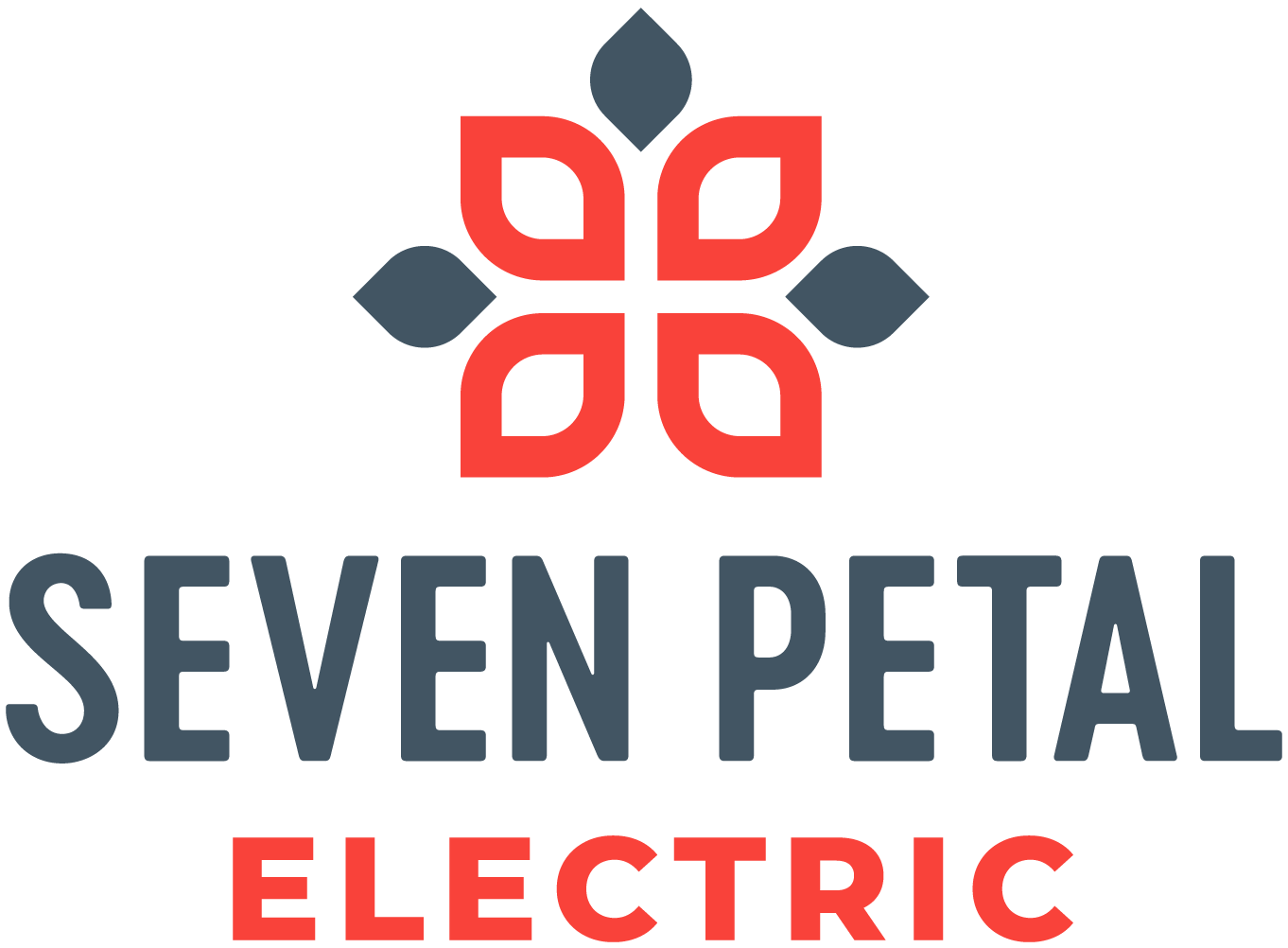Why Whole-Home Surge Protection Is Worth Every Penny
Recently, we got a call from a homeowner whose generator system stopped working. The culprit? Two fried automatic transfer switches—both damaged beyond repair by a power surge. These weren’t cheap parts, and replacing them wasn’t cheap either. But instead of just fixing the immediate problem, we took it a step further and installed a whole-home surge protector. That decision may save the homeowner thousands more down the road.
What Causes a Power Surge?
Power surges aren’t just caused by lightning strikes. While lightning is the most dramatic example, surges can come from far more common sources:
- Sudden changes in power demand from the utility grid
- Nearby electrical work or transformer issues
- Appliances like HVAC systems or refrigerators cycling on and off
These events send excess voltage through your home’s wiring, sometimes just for a split second—but that’s all it takes to damage sensitive electronics.
What Can Be Damaged?
Almost anything plugged into your home’s electrical system is at risk:
- Generator control boards and transfer switches
- TVs, computers, and gaming consoles
- Refrigerators, microwaves, and washer/dryer units
- Routers, thermostats, and smart home devices
- HVAC systems and water heaters
Some surges cause immediate failure. Others slowly degrade electronics over time, leading to premature failure and unexpected replacement costs.
What Is Whole-Home Surge Protection?
A whole-home surge protector is a device installed at your main electrical panel. Unlike those small plug-in power strips, this system defends your entire house—including hardwired appliances that you can’t plug into a surge strip.
When excess voltage comes in, the surge protector redirects it safely to ground, preventing it from flowing through your home’s circuits.
It’s a quiet, invisible layer of protection working 24/7.
Why It’s Worth It
Replacing two fried transfer switches cost this customer far more than a surge protector ever would have. That’s why we recommend whole-home surge protection to every homeowner—especially those with backup generators, smart devices, or home offices.
The upfront cost is minimal compared to the thousands you might spend replacing damaged electronics. And with San Antonio’s unpredictable weather and frequent grid fluctuations, it’s a smart move for every household.
Don’t Wait for Damage to Strike
Power surges are unpredictable, but the protection you need is not. At Seven Petal Electric, we install professional-grade whole-home surge protectors that are built to last and backed by manufacturer warranties.
If you’ve invested in your home’s electrical systems, protect that investment before the next surge hits.
Contact us today to schedule your surge protection installation.




